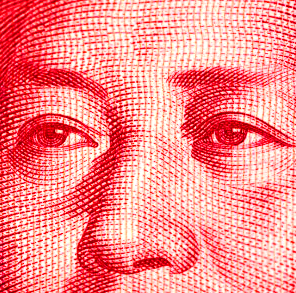Debt figures in the trillions across red regions
 While many Australian councils are quite strapped for cash, a push for transparency in China has revealed trillions in local government debt.
While many Australian councils are quite strapped for cash, a push for transparency in China has revealed trillions in local government debt.
Escalating population and relating factors have pushed many Chinese provinces to invest in non-lucrative projects such as sewerage and railway lines. While this spending is necessary to ease the strain on society, it has not helped the bottom line for the giant nation.
All counted the regional government have about $3 trillion in debt.
The rapid investment in public assets has also created an environment for bad loans and dodgy financial practice, which could condemn some regions to continued debt problems.
Repayment burdens are huge in some poor areas such as the province of Guizhou in the south-west, where the ratio of debt to GDP is at 79 per cent.
Figures from Inner Mongolia say the portion of loans due but unpaid is up to 28 per cent.
The audits from 30 of China's 31 local regions, provinces and municipalities showed the governments of Jiangsu, Guangdong and Sichuan have the biggest debts, with Jiangsu borrowing the most, at 1.5 trillion yuan ($A283 billion). Tibet did not release an audit report.
In a report last week from international firm Standard and Poor’s, the bankers warned they expect 30 per cent of loans to local Chinese governments will go bad if borrowers do not get some help from other authorities.
“Nonetheless, we don't see an imminent risk of a systemic crisis from local government debt,” the report said, adding that Chinese banks remain quite profitable.
The figures were released after a long push for more transparency in the Chinese government, the local debt audits were undertaken as it was believed to be the biggest threat facing the $9.4 trillion economy.
The reported 67 per cent surge in local debts over two year has been far more than any official had admitted.








 Print
Print